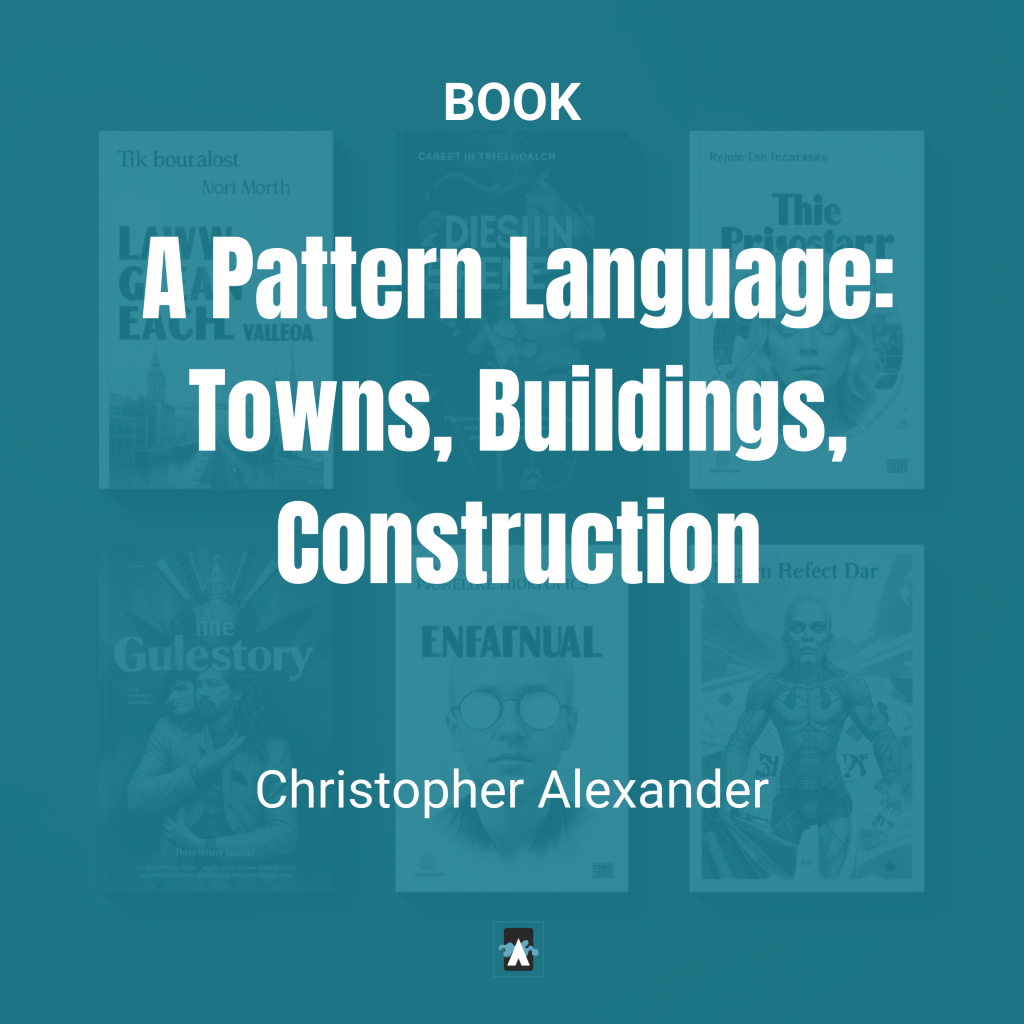The Mystery of Deconstructivism: A Dream Within Gehry’s Masterpiece
Will Hunter’s heart raced as he stood on the bridge overlooking the Guggenheim Museum Bilbao. The titanium façade shimmered under the moonlight, its fragmented geometry casting chaotic reflections onto the river below. Frank Gehry’s architectural triumph loomed before him—a deconstructivist marvel that seemed to defy the very laws of structure and order. But tonight, the building felt more alive than ever, as if it held secrets buried deep within its walls.
Inside, the atrium’s soaring curves and sweeping lines overwhelmed him. The interplay of light and shadow created a disorienting effect, making it difficult to discern where the walls ended and space began. A docent approached, her voice hushed.
.
“Deconstructivism isn’t destruction,” she explained, gesturing to the seemingly chaotic forms. “It’s about challenging traditional structures to create new ways of understanding space. But here, some say Gehry went further—to question reality itself.”
Will’s mind buzzed with excitement. He had read about Gehry’s revolutionary designs, particularly their focus on mirroring the complexities of modern life. But something about this place—the shifting acoustics, the way the walls seemed to move—hinted at a deeper enigma.
.
A Hidden Passage
As he wandered through one of the galleries, Will noticed a wall that felt out of sync with the rest. Its alignment was subtly off, as if it were waiting to be discovered. Pressing his hand against it, he felt a faint vibration. Remembering a lecture about deconstructivism’s focus on unconventional spatial relationships, he pushed harder. The wall gave way, revealing a narrow, dimly lit passage.
.
The corridor’s cold titanium walls were inscribed with sketches and equations—a cryptic homage to Gehry’s process. At the end of the passage was a door engraved with the phrase, “Order in Chaos.” His heart pounded as he stepped through.
.
A Chamber of Resonance
The room he entered defied all logic. Its mirrored walls created an infinite loop of reflections, while the ceiling appeared to vanish into darkness. In the center stood a spiraling sculpture, seemingly floating. As Will approached, a deep hum filled the space. It wasn’t just sound—it was resonance, a vibration that seemed to sync with his very being.
Will thought back to The Language of Architecture by Andrea Simitch and Val Warke. The book’s insights into deconstructivism described how fragmented designs could engage the senses, creating dynamic environments that challenged perceptions. This chamber embodied those principles, but its intent felt far more profound.
.
Examining the sculpture, Will noticed familiar symbols etched into its surface—references to Deconstructivist Architecture by Philip Johnson and Mark Wigley. The text had argued that deconstructivism wasn’t merely aesthetic rebellion; it was a philosophical exploration, blending art, science, and human experience. This room felt like the culmination of those ideals.
.
The Chamber Awakens
As he touched the sculpture, the room’s resonance intensified. The reflections on the mirrored walls began to shift, forming intricate patterns that pulsed with energy. Suddenly, the sculpture rotated, casting fragmented light beams across the space. The air vibrated with a deafening hum that seemed to penetrate his thoughts.
.
Fear gripped him, but curiosity kept him rooted. The room seemed alive, responding to his presence. It wasn’t just a physical space; it was an experience, a manifestation of deconstructivist philosophy brought to life.
.
Escape and Reflection
The vibrations became unbearable, and the walls seemed to close in. Will stumbled backward, searching for the door. As he fled, the hum crescendoed into a roar. Bursting into the atrium, he collapsed, gasping for air. The museum returned to its serene state, as if nothing had happened.
.
Outside, beneath the stars, Will reflected on the experience. Gehry’s hidden chamber wasn’t just an architectural marvel—it was a manifesto. It demonstrated deconstructivism’s power to challenge conventions and redefine our understanding of space. The museum wasn’t merely a building; it was a living, resonant force that demanded engagement and introspection.
Lessons in Deconstructivism
Back at his dorm, Will documented his experience, reflecting on the profound lessons he had learned:
- Breaking Traditional Forms: Deconstructivism challenges architects to think beyond conventional structures.
- Engaging the Senses: Dynamic spaces can create immersive experiences that go beyond visual aesthetics.
- Interdisciplinary Approach: Architecture can blend art, philosophy, and science to push boundaries.
- Philosophical Depth: Designs should provoke thought and reflection, not just admiration.
- Human Connection: The most profound designs resonate on an emotional and intellectual level.
Keywords:
Deconstructivism,
Guggenheim Bilbao,
Frank Gehry,
dynamic architecture,
architectural philosophy,
resonance,
hidden design,
modern architecture,
design secrets,
architectural enigma
This fictional story is set within the dreams of Will Hunter, a character created to explore the intersection of imagination and design. Dive into his dreamscape and discover how storytelling can illuminate real-world lessons in architecture and creativity.
Some of the links on this website may be affiliate links. This means that if you click on the link and make a purchase, we may receive a small commission. We only recommend products and services that we genuinely believe will be beneficial to our readers.



